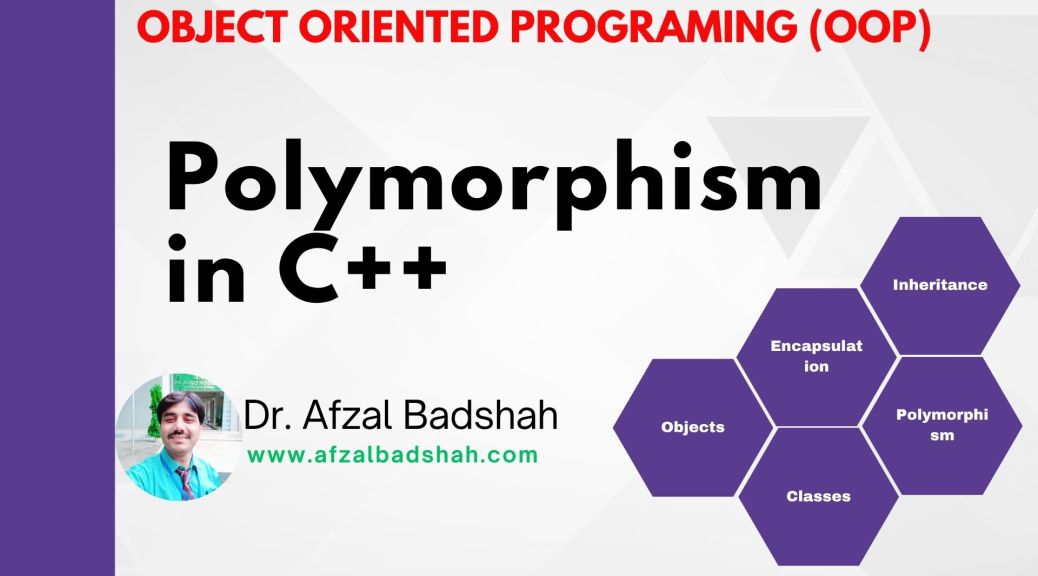Understanding Application Layer Protocols
The Application Layer sits at the very top of network architecture and provides the interface between human-facing applications (web browsers, mobile apps, email clients, file transfer tools) and the underlying network. A user never sees layers 2, 3, or 4 directly; instead, they interact with services like browsing a website, sending an email, accessing cloud storage, or opening an app. All these actions are possible only because Application Layer protocols define how data is formatted, requested, transferred, and displayed. A…









